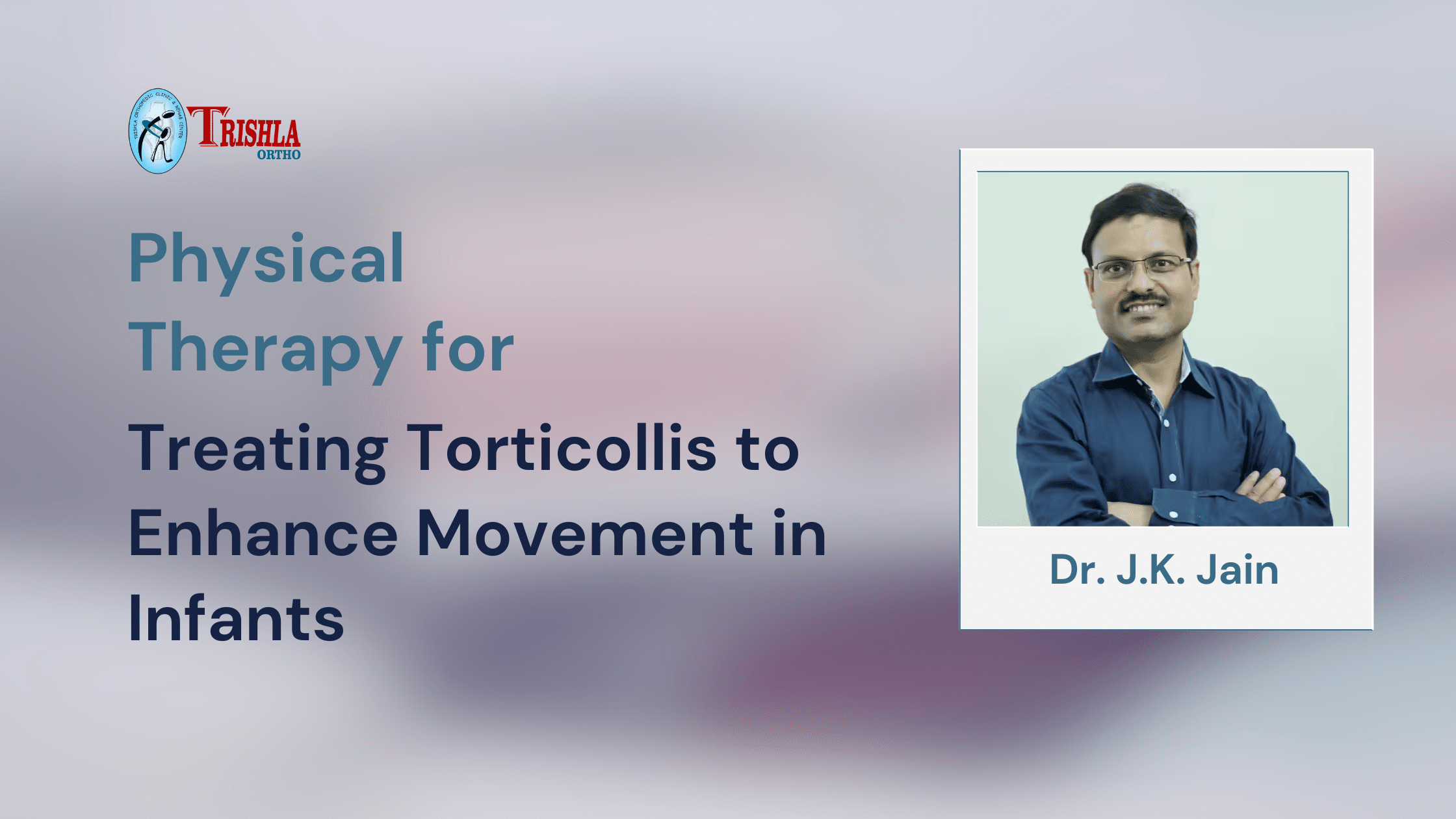Torticollis, also known as a wry neck, is a condition where a baby’s neck muscles become tight, causing its head to tilt to one side. This condition can be worrisome for parents, but the good news is that torticollis is treatable, and early intervention can lead to successful outcomes.
In this guide, we will explore the causes, symptoms, and various preferred torticollis treatment baby needs.
Table of Contents
- What is Torticollis in Infants?
- 4 Types of Torticollis Treatment
- Torticollis Treatment Options
- Physical Therapy for Torticollis Treatment
- Torticollis Exercises for Babies
- Conclusion
- FAQs
What is Torticollis in Infants?
Torticollis in infants, medically known as congenital muscular torticollis (CMT), is a condition where a baby’s neck muscles become tight and shortened on one side, causing their head to tilt to one side and turn to the opposite side. This condition can make it challenging for a baby to move their head freely and comfortably.
Torticollis treatment baby needs requires methods that can vary depending on the age of the individual and the severity of the condition. Early intervention, especially for torticollis treatment for babies, is vital for the best outcomes.
4 Types of Torticollis Treatment
Refer to the below table for a better understanding-
| Type of Torticollis | Torticollis Symptoms | Torticollis Causes |
| Congenital Torticollis | When a baby’s head tilts to one side, limited neck movement, and tightness in the neck. | This condition can result from abnormal positioning in the womb, birth trauma (such as forceps delivery), or genetic factors. |
| Acquired Torticollis | Acquired torticollis typically presents with a sudden onset of head tilt and muscle spasms in the neck. | It may be caused by infections, such as ear or throat infections, neck injuries, or underlying issues with neck muscles. |
| Muscular Torticollis | It is a persistent head tilt and stiffness or tightness in the neck muscles. | This condition is often associated with muscle imbalances (dystonia) or injuries, as well as incorrect positioning during sleep. |
| Positional Torticollis | When a baby consistently turns their head to one side and develops a flat spot on the head. | It is typically caused by prolonged periods of maintaining a single head position, such as in a crib, leading to muscle tightness. |
Torticollis Treatment Options
The good news is that torticollis is highly treatable, and early intervention is essential for the best results. Torticollis treatment baby needs may include-
- Physical Therapy
This is often the primary treatment for torticollis in babies. A physical therapist will work with the baby and parents to teach stretching exercises and gentle neck movements to improve muscle flexibility and strength.
- Positional Changes
Adjust the baby’s crib and changing table positions to encourage them to turn their head in the less favored direction.
- Orthotic Devices
In rare cases, orthotic devices such as neck braces or helmets may be recommended for severe cases or when other treatments are not effective.
- Surgery
Surgical intervention is considered a last resort when other treatments have not been effective. Surgery aims to release or lengthen tightened neck muscles to improve head alignment. After surgical correction, physical therapy is essential to aid in rehabilitation and prevent muscle contractures.
Physical Therapy for Torticollis Treatment
In some instances, doctors may recommend consulting a physical therapist for comprehensive torticollis treatment in babies. During treatment, the therapist will assess the baby’s progress through check-ups every 2 to 4 weeks.
These visits involve measuring the baby’s neck rotation, enhancing neck muscle strength to improve range of motion, and addressing any head shape concerns. While a few children may need helmets, the majority will not.
Torticollis Exercises for Babies
Let us now discuss some effective exercises for torticollis treatment baby needs-
- Neck Stretches
Try chin-to-chest stretch by gently guiding your baby’s chin towards their chest and holding it for a few seconds. Also try out ear-to-shoulder stretch by tilting your baby’s head towards one shoulder, holding, and then switching to the other side.
- Tummy Time
Add colorful and engaging toys in front of your baby during tummy time to motivate them to lift their head. Place a rolled-up towel under your baby’s chest during tummy time to provide added support.
- Side-Lying Play
Lay your baby on their non-preferred side (opposite to the head tilt) during playtime. If possible, alternate the side you breastfeed or bottle-feed your baby on.
- Parental Involvement
Gently massage your baby’s neck to relax tense muscles. Always consult a healthcare professional or physical therapist for guidance. Hold your baby in a way that encourages them to look in the direction opposite to their head tilt.
- Visual Stimulation
Place a baby-safe mirror in front of your baby during tummy time or playtime to spark their curiosity. Also, try hanging a colorful mobile above your baby’s crib or play area to encourage them to look up and turn their head.
- Rolling Exercises
Gently assist your baby in rolling over from their back to their tummy and vice versa. Also place a favorite toy just out of reach, motivating your baby to roll and reach for it.
Conclusion
Torticollis in babies is a treatable condition that requires early intervention and a collaborative effort between parents, pediatric orthopedic surgeon, and health professionals.
If you suspect your baby may have torticollis, consult a healthcare provider promptly to initiate appropriate torticollis treatment for baby needs and ensure your baby’s healthy development.
Reference links –
https://www.webmd.com/parenting/baby/what-is-torticollis
https://kidshealth.org/en/parents/torticollis.html
https://www.verywellhealth.com/physical-therapy-for-torticollis-in-children-5208744
https://www.gillettechildrens.org/stories/torticollis-treatment











